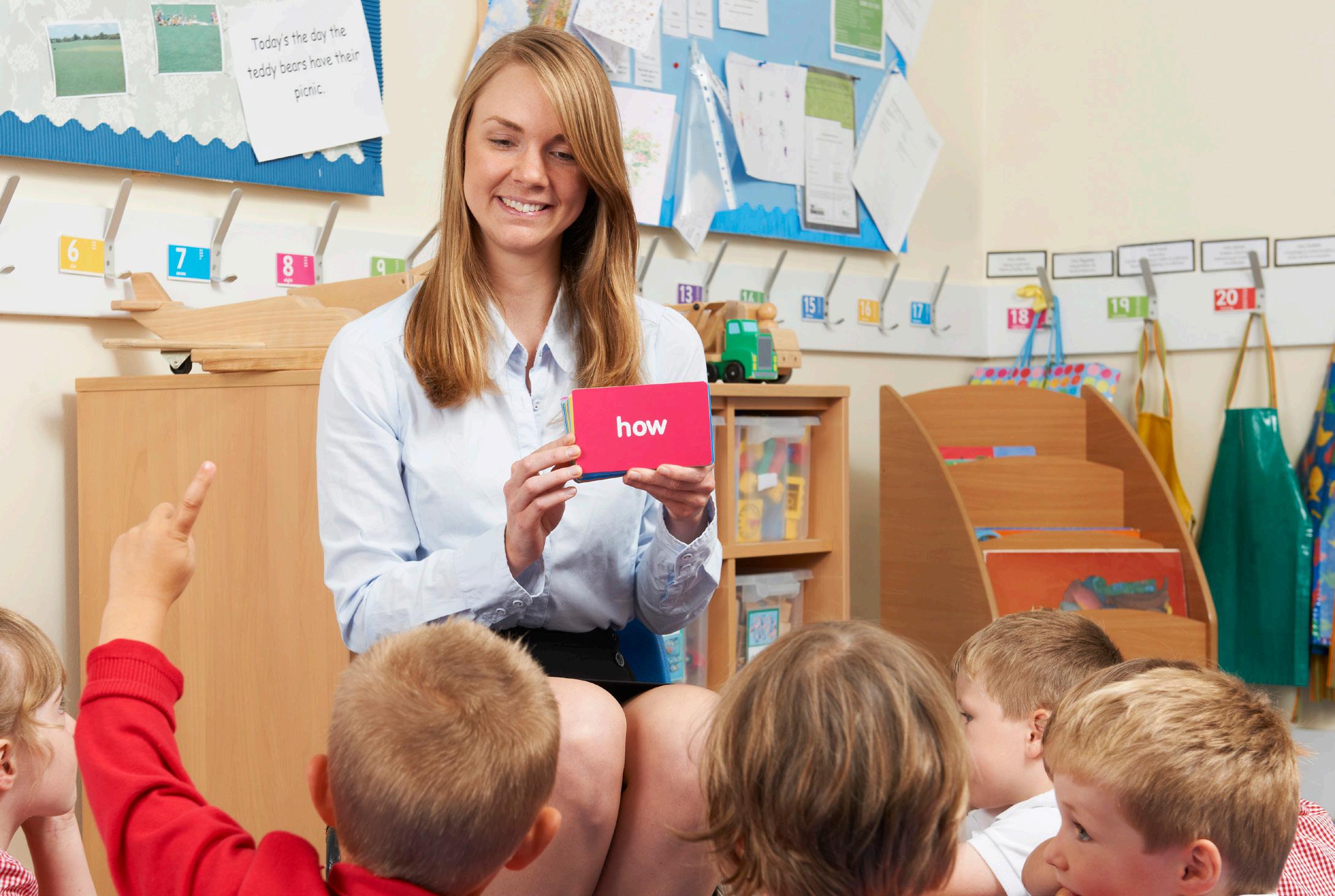
3 minute read
Feature: Phonics
Understanding phonics By Emma Lewry
Phonics is one of those things that feels like a secret club - some people understand it and to others it’s gobbledegook! If you have a child at school, they’re part of ‘the club’ and they may look askance at you when you ask what a digraph or blending is. For you and anyone who has a child due to start school, here are some tips to get you closer to full admittance of the phonics club!
What is phonics?
Phonics is a way of teaching children to read and later write. It is based on the fact that letters and groups of letters make sounds and when we put those sounds together they make words. English is a tricky language and sometimes the same letters make different sounds. For example, ‘i’ can sound short as in ‘fish’ or have a longer sound like ‘eye’ in ‘find’. There are different groups of letters that make sounds: a digraph is two letters that go together to make one sound e.g. ‘ch’ in chop. A trigraph is three letters together making one sound e.g. ‘ear’ in ‘near’. As children develop their knowledge, they build up and put together all of the sounds they recognise in order to read and write.
Top Tips
• Practise recognising the sounds. • Help children to spot when two or three letters work together to make one sound e.g ‘ai’ in ‘rain’ and ‘igh’ in ‘light’. • Your child will be taught Phonics in a specific way at school so ask them to teach you. It’s a great way for them to test their understanding. • Read, read, read! • Practise blending - this can be the key to unlock entry to ‘the club!’ • If you’re stuck or worried, ask your child’s school for help.
Supporting children learning to read can be as frustrating as it is magical. • I hope these tips help you joining the Phonics Club!
Blending can be the key
Once children have learned the separate sounds, they then have to ‘blend’ them together to make the full word. For example, they hear or read ‘c’, ‘a’, ‘t’ and need to put the sounds together to make ‘cat.’This skill can be a real stumbling block for children because they are working so hard to recognise the sounds that they can’t put them together easily.
Oral blending is the skill to practise here. Oral blending means hearing separate sounds and putting them together without reading the letters too. It’s really helpful to practise lots of oral blending with your children from as young as the age of 2.
For example, say separate sounds, a bit like a robot, and get your child to blend them together to make the word. You can do this in sentences e.g. put on your ‘c’, ‘oa’, ‘t’ or let’s go to the ‘p’, ‘ar’, ‘k’. Make it playful and use the approach in games. For instance, try I spy with whole words split up.
Emma Lewry is an Early Years teacher, headteacher and mother of two. Emma co-owns Every Day’s a School Day (www.edasd.co.uk) which guides families through starting school with courses, groups and a school starters planner.
Read, read, read!
If the thought of supporting your child with phonics fills you with dread, never fear! There is one simple thing you can do which will help them beyond your expectations: reading! Reading to and with your child is the single most impactful thing you can do to help their reading, writing and language skills to develop. By being read to, children hear new words, learn the flow of language and develop their understanding of grammar.
Read as often as you can, whether it’s stories, poems, cookery books, magazines - anything you have or see! Allow your child to ask questions and talk about what they understand along the way.
Think about reading as sharing a book with your child rather than them always sitting quietly and listening. By talking about the words and language and explaining meaning, children learn and understand more. As children develop in their phonics ability you will find they want to help you read and you can work together to read a text.






